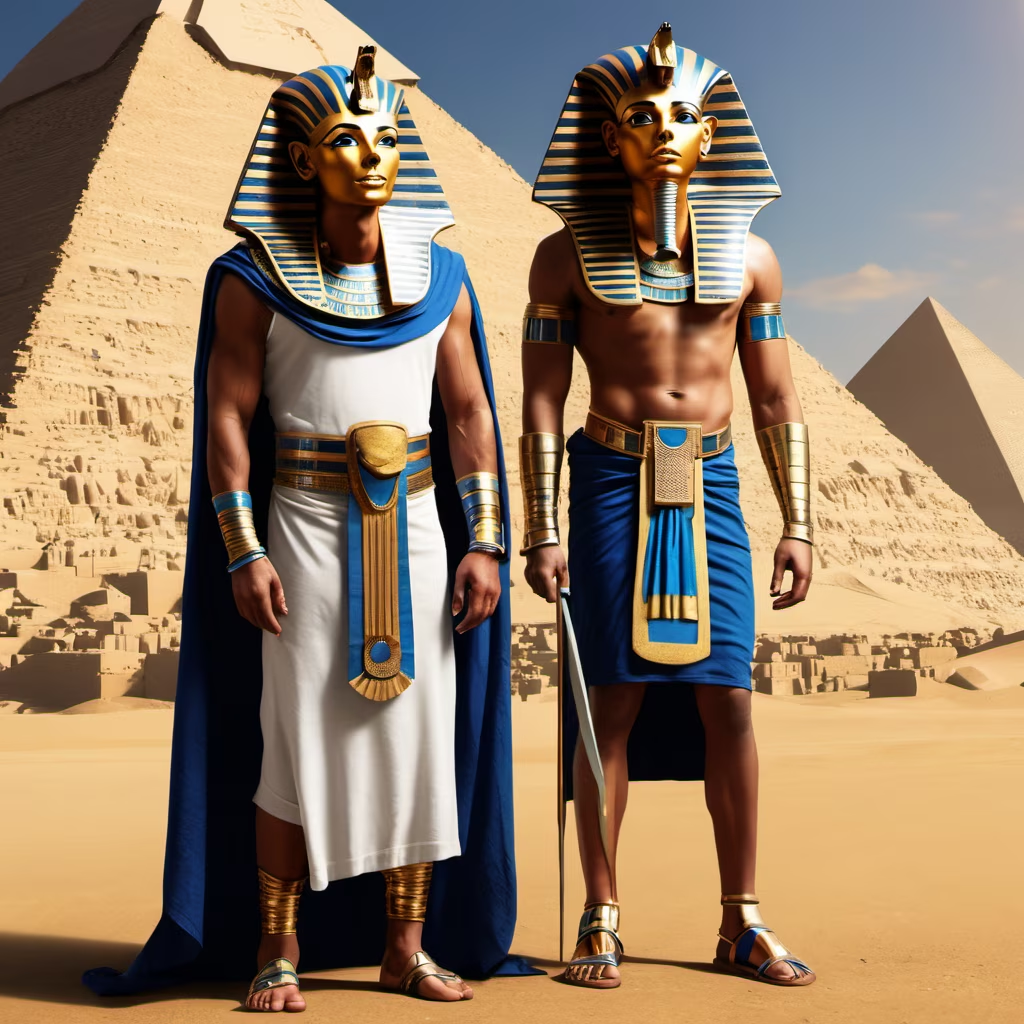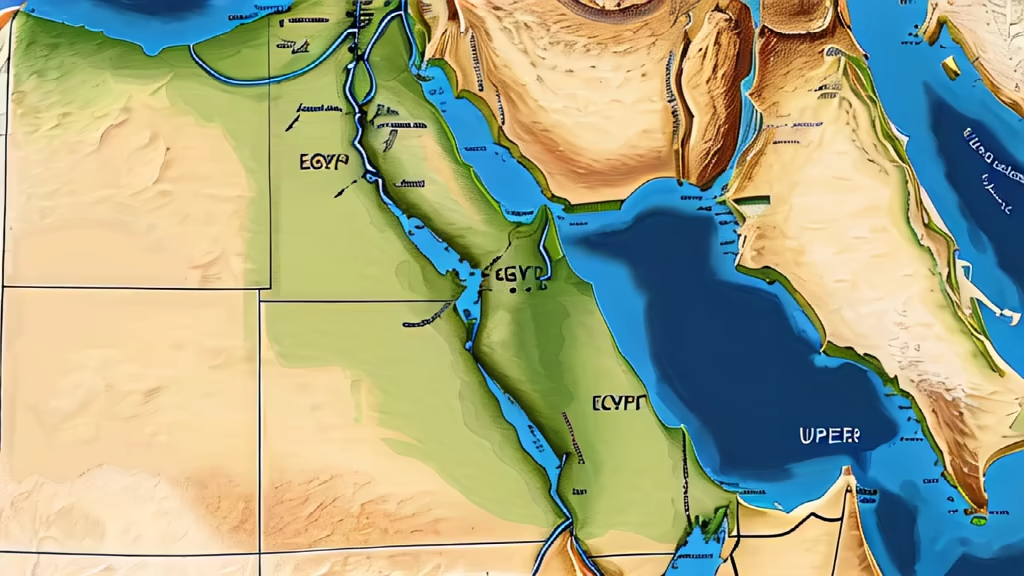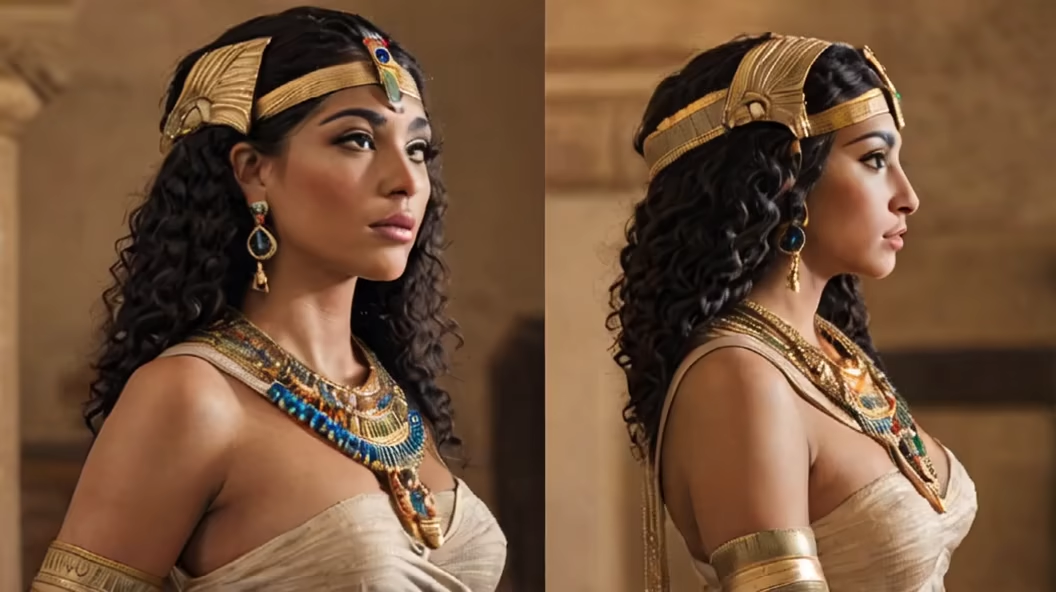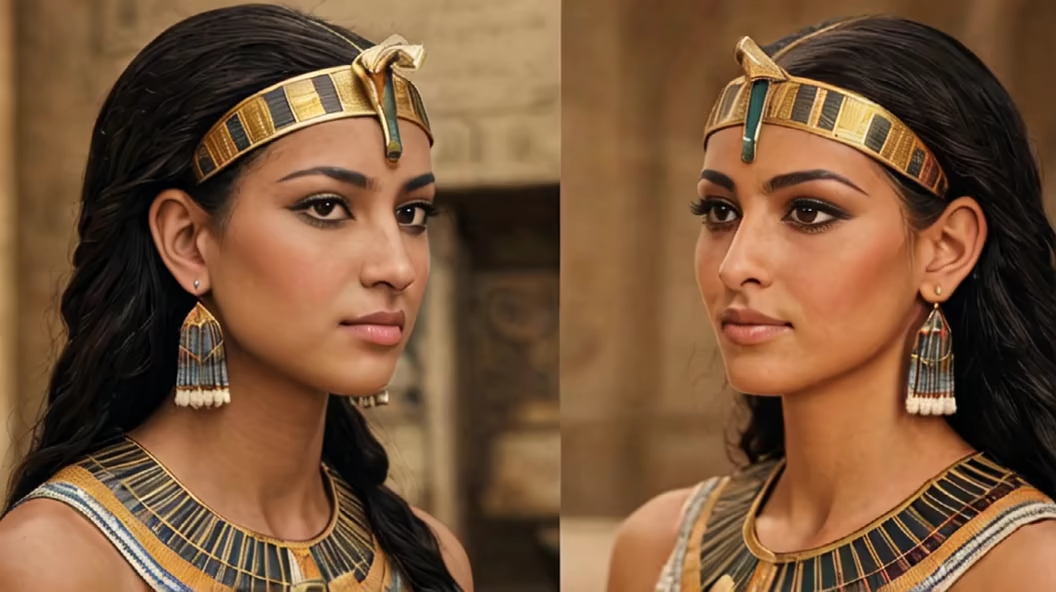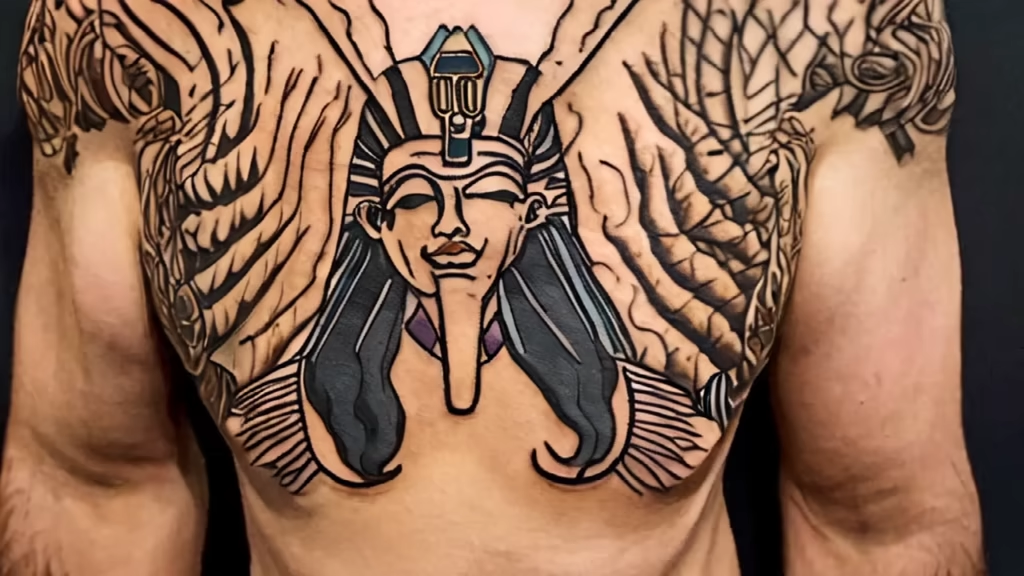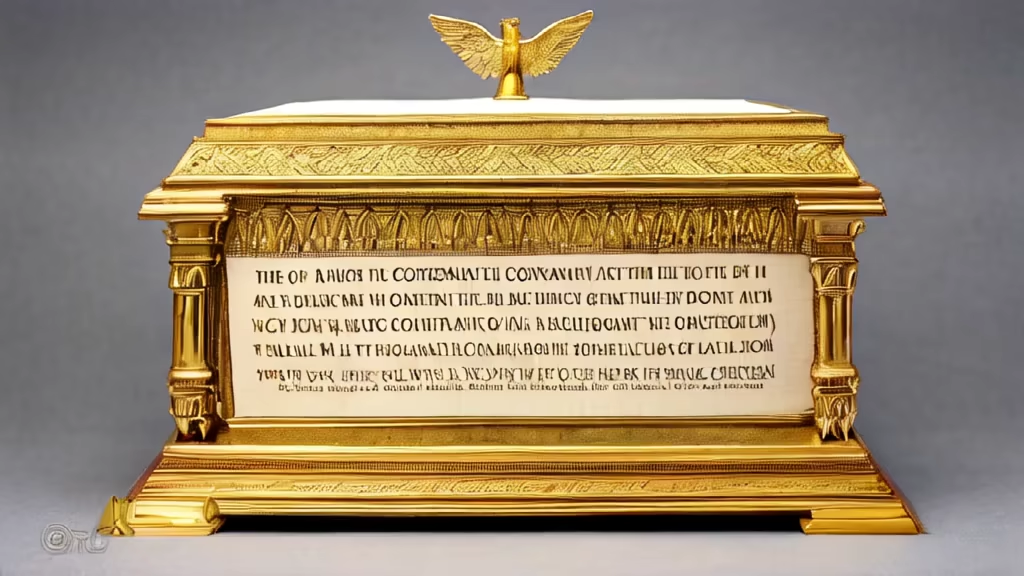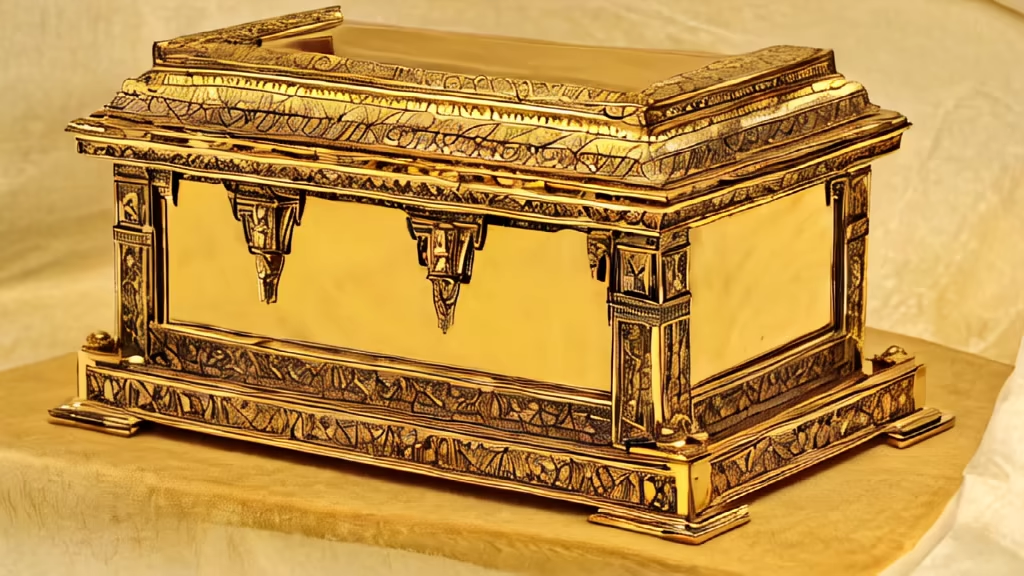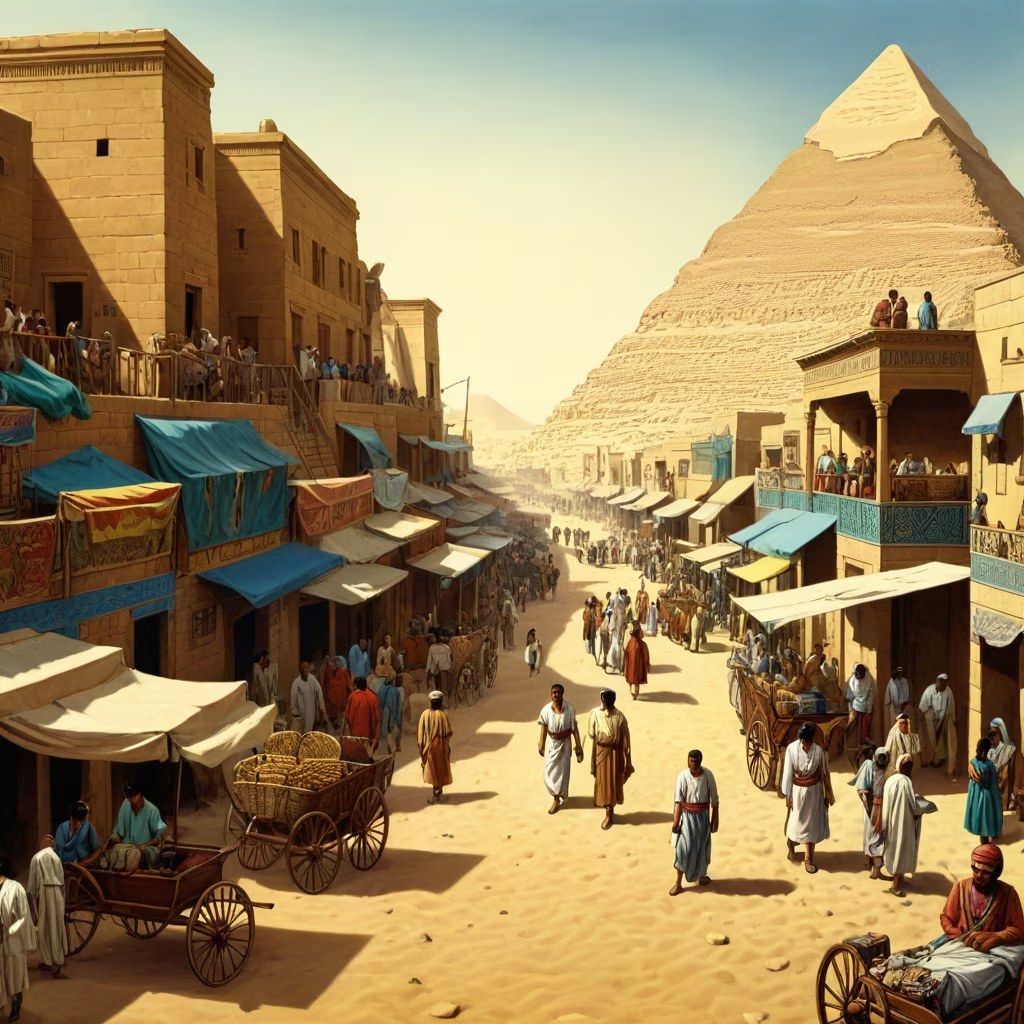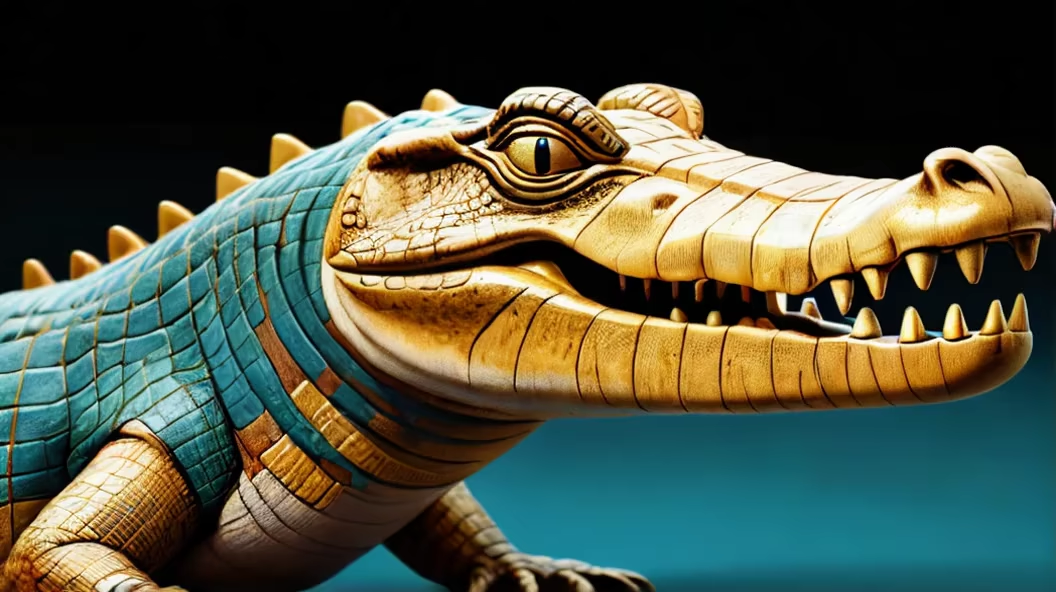







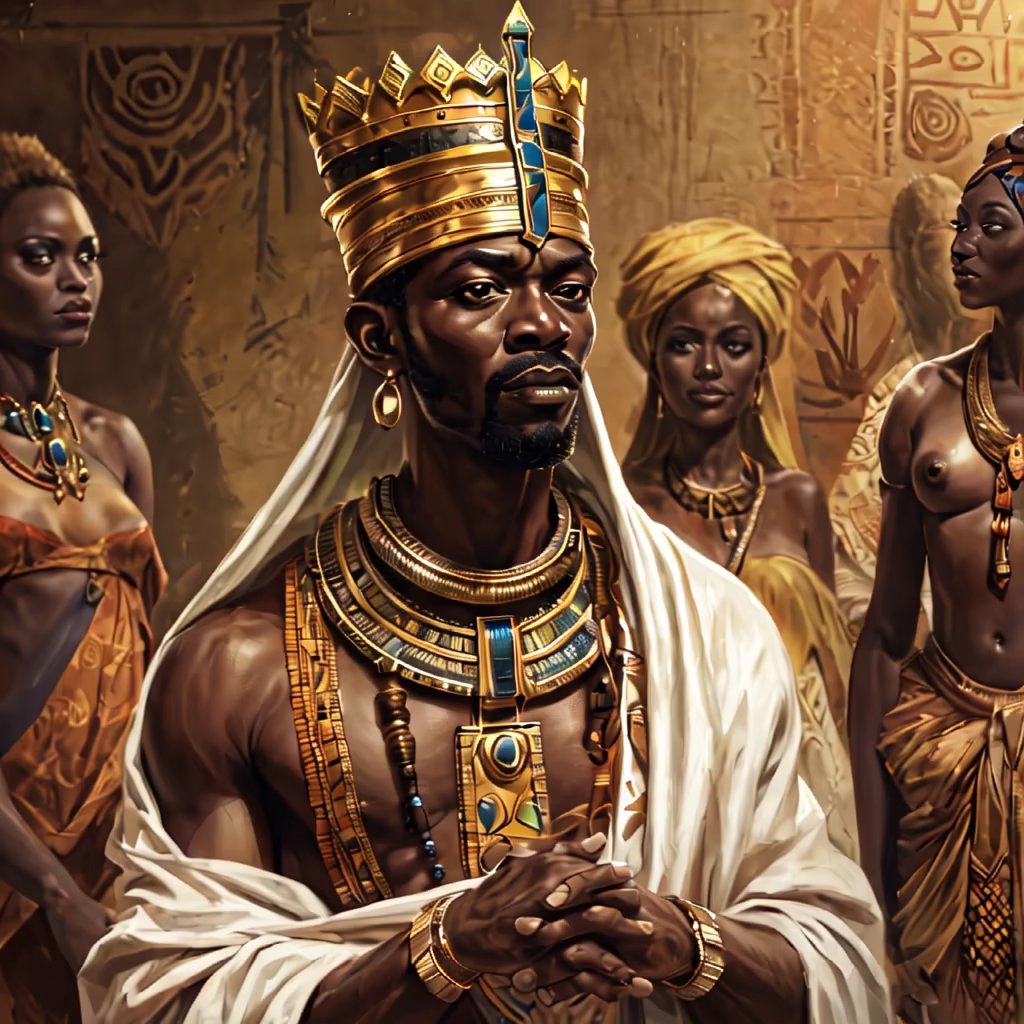



Prompt: The process of mummification in ancient Egypt involved removing the brain and organs, cleaning the body with palm-wine and aromatics, and filling the belly with spices. The body was then covered in natron for 70 days to dry it out, washed, and wrapped in linen. This was done to preserve the body for the afterlife, a widespread practice in ancient Egypt. The method used varied depending on social class, with different methods used for the rich and elite versus the middle class.


Prompt: The process of mummification in ancient Egypt involved removing the brain and organs, cleaning the body with palm-wine and aromatics, and filling the belly with spices. The body was then covered in natron for 70 days to dry it out, washed, and wrapped in linen. This was done to preserve the body for the afterlife, a widespread practice in ancient Egypt. The method used varied depending on social class, with different methods used for the rich and elite versus the middle class. (hyperdetailed, magritte, mondrian, casey baugh, henry asencio, sfumato, shephard fairey, impasto)


Prompt: The process of mummification in ancient Egypt involved removing the brain and organs, cleaning the body with palm-wine and aromatics, and filling the belly with spices. The body was then covered in natron for 70 days to dry it out, washed, and wrapped in linen. This was done to preserve the body for the afterlife, a widespread practice in ancient Egypt. The method used varied depending on social class, with different methods used for the rich and elite versus the middle class. (plain background, watercolor/sharpie, triadic diochromatic gradient, cybernetic, posterized, solarized, thick bold cursive outlines, feline, dot matrix, bar code, vector, biomorphic, wildstyle, quartz inversion, longform, vulpine, glitch, diversiformic, metallic, deconstructed, ebullient, bauhaus, unclutterd face, weathered, grunge, engineering, exploded, irreverent, oxidized, sculptural, art deco, fauvist, extreme asymmetric interlacing, dadaist, spherometric, frenetic, halftoned, patchwork, enchained, isometrically 3d, ian miller, jarek kubicki, henry asencio, de lempicka, kinkade)


Prompt: Shri Ram is described as a dark-complexioned, broad-shouldered prince with coppery eyes and a lotus-like face, radiating divine grace and regal power.


Prompt: as a video game boss of the pyramids of Egypt very stylish and which seems unbeatable, it must represent all the characteristics of Egypt and the pyramids



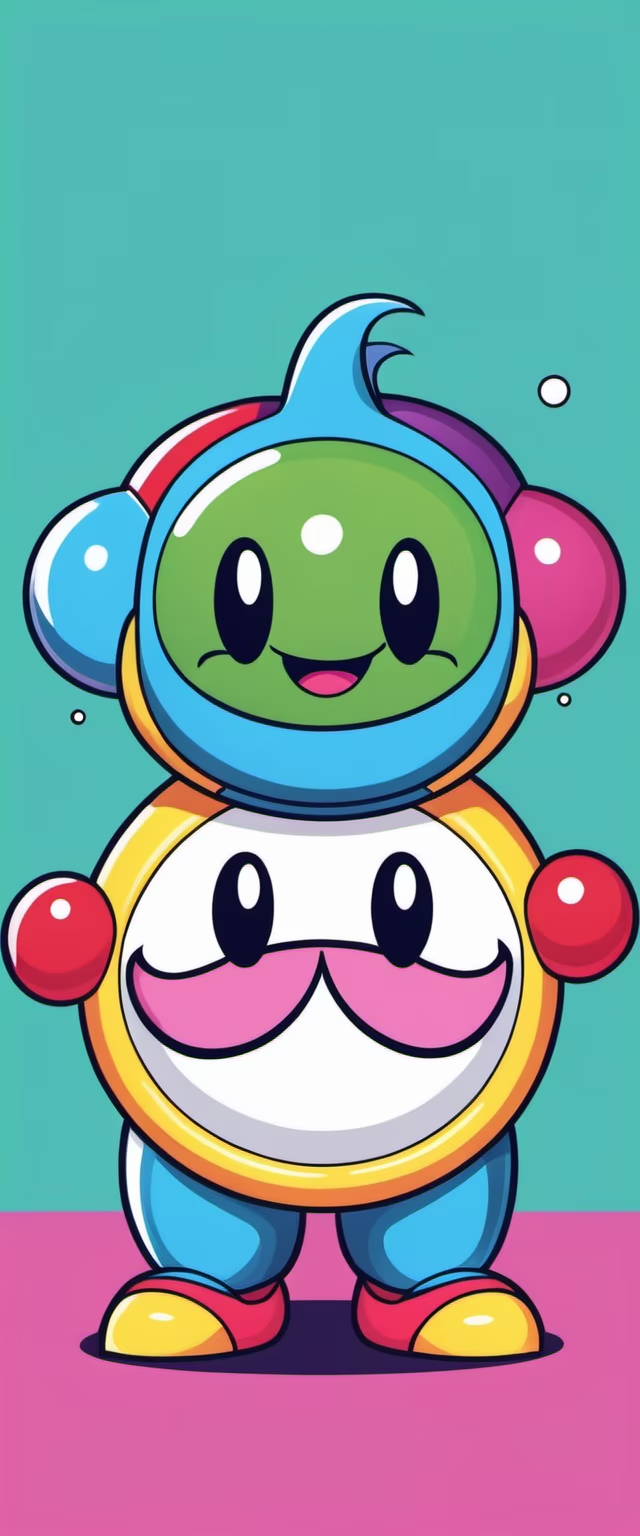
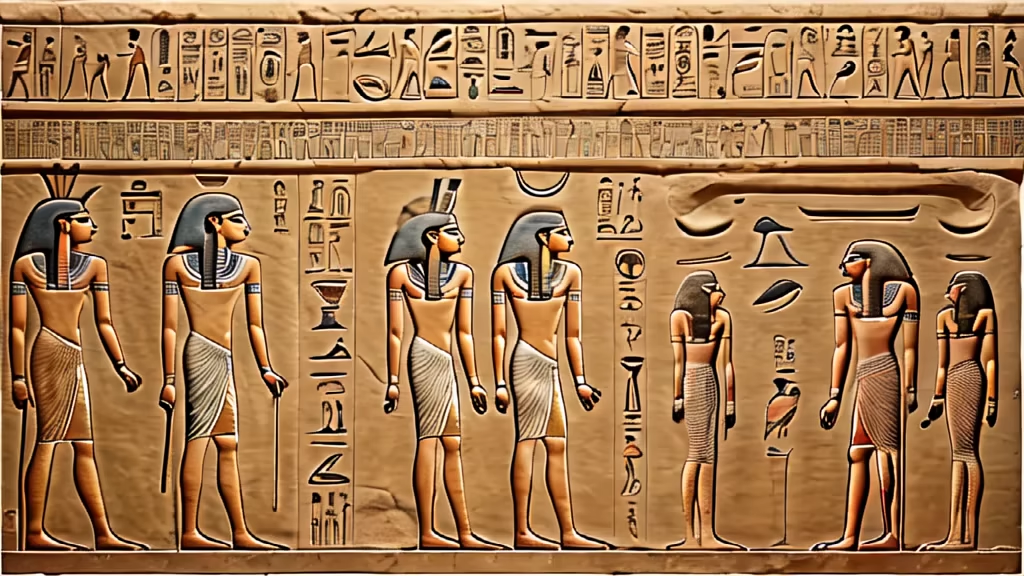
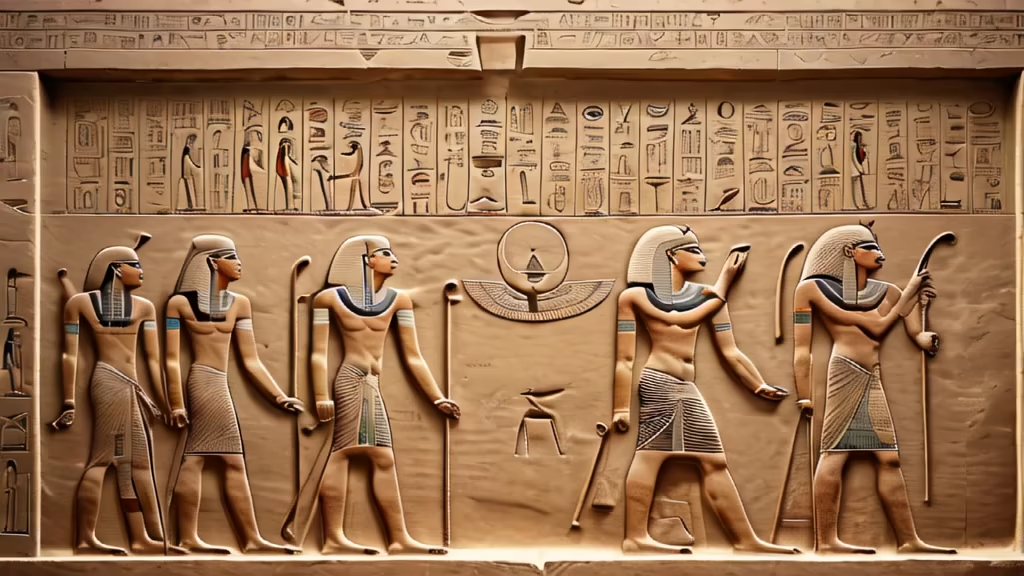
Prompt: Thor's valor and martial prowess made him the Hercules among gods, capable of confronting multiple giants single-handedly in mythology.



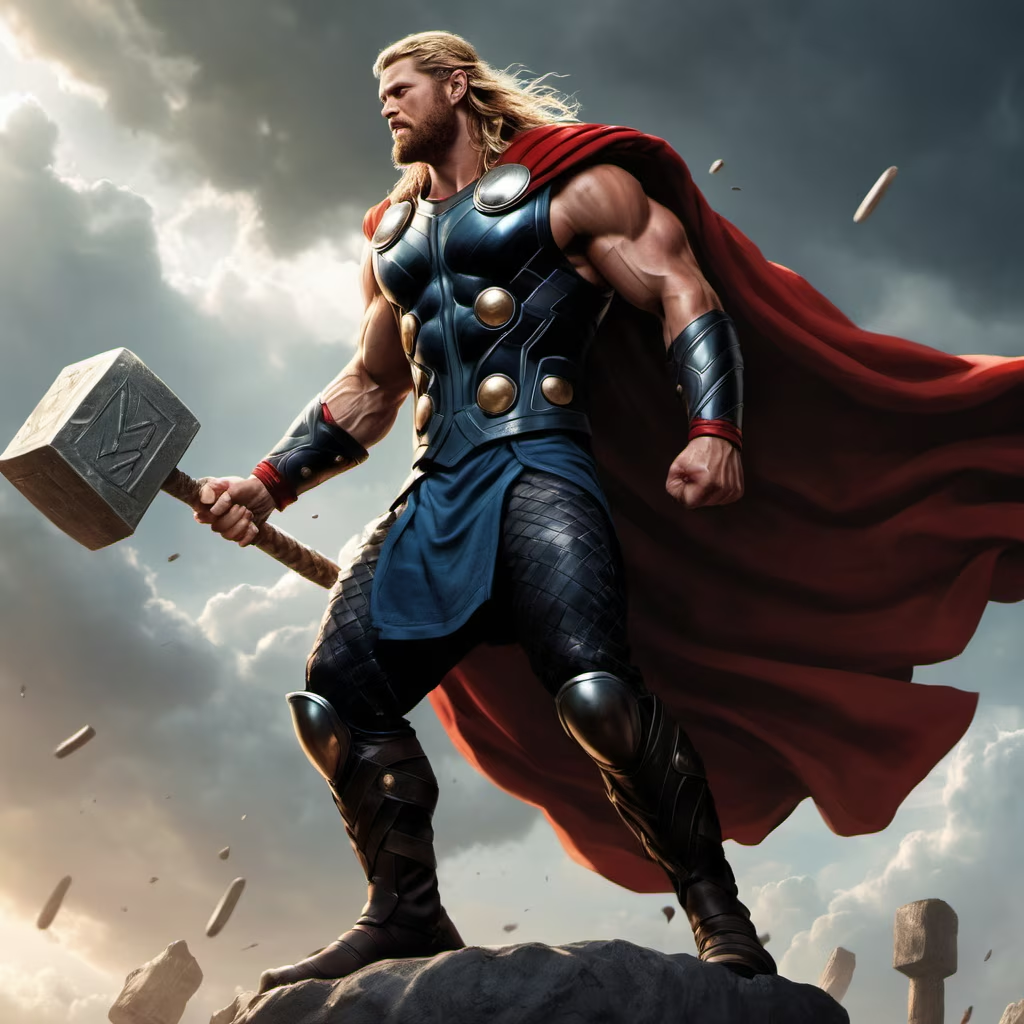






Prompt: Create an image depicting ancient Egyptians adoring and worshiping cats, with a focus on the connection between cats and the goddess Bastet.


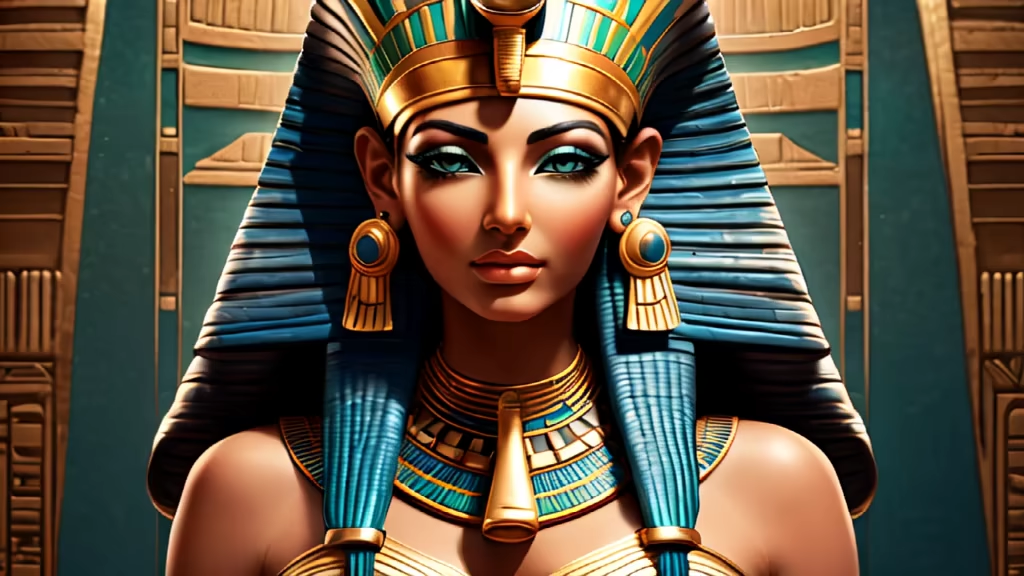
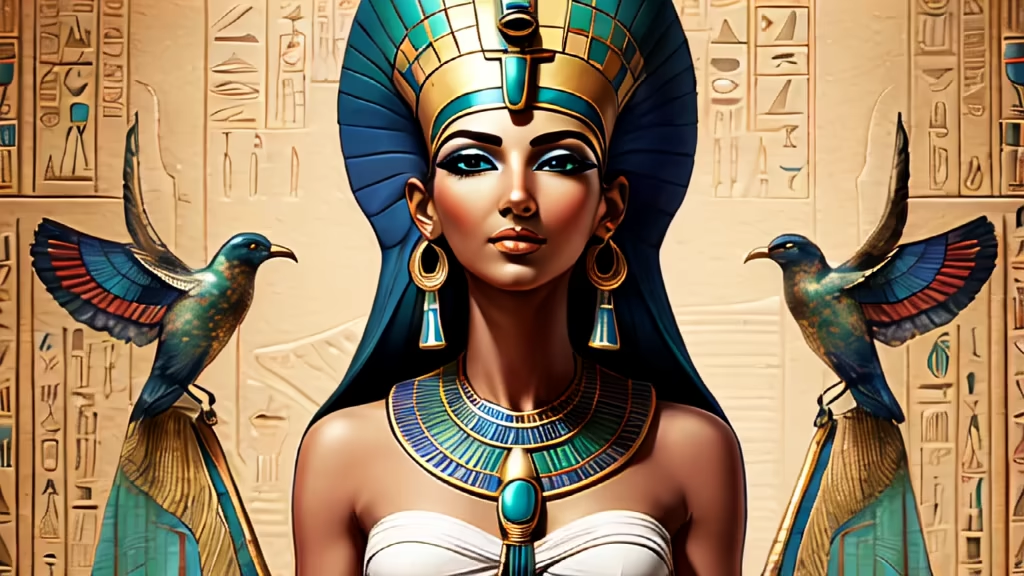
Prompt: An exact replica of the following picture as a line drawing in the style of Disney. https://www.nationalgeographic.com/content/dam/expeditions/destinations/africa/private/Egypt/hero-egypt-pe.jpg.adapt.nineteen-hundred.jpg




Prompt: A Terracotta Warriors and horses of Emperor Qin Shihuang of China scratched his head and made an expression of pain


Prompt: The appearance of Chinese emperors varied from era to era and from one historical period to another. In ancient times, emperors or sages were born with visions, such as the Yellow Emperor's Dragon Face, Zhuan Xu's Dai Wu, Emperor Çu'Çu's Eunuch Teeth, Yao's Eyebrows and Eight Cai's, Shun's Eyes with Heavy Pupils, etc. . In the Qing Dynasty, Emperor Qianlong was young, clean and thin face, sharp chin, thin eyebrows, high nose, and other features are correct and handsome.
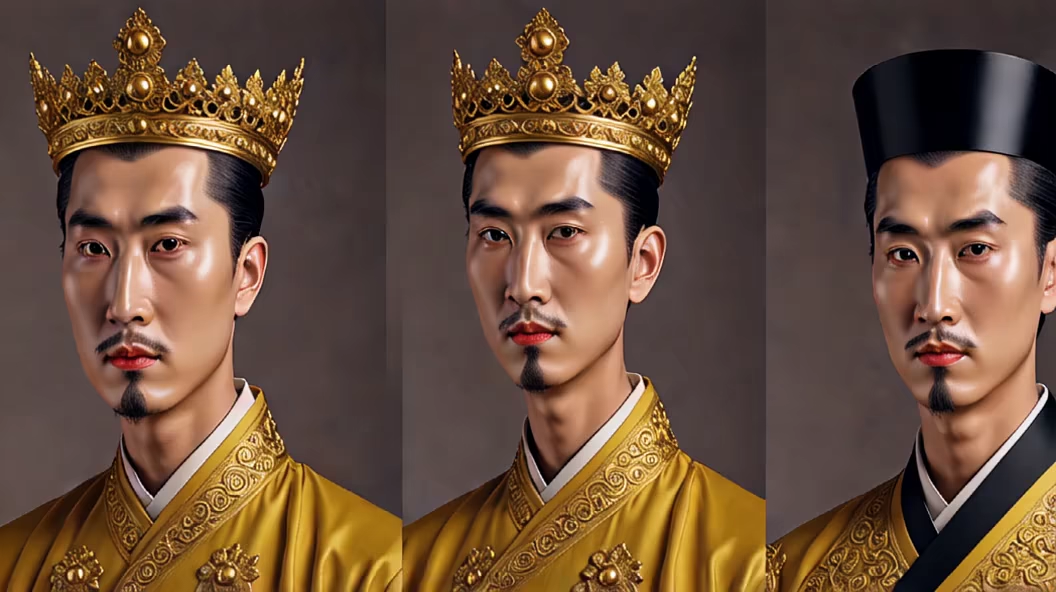
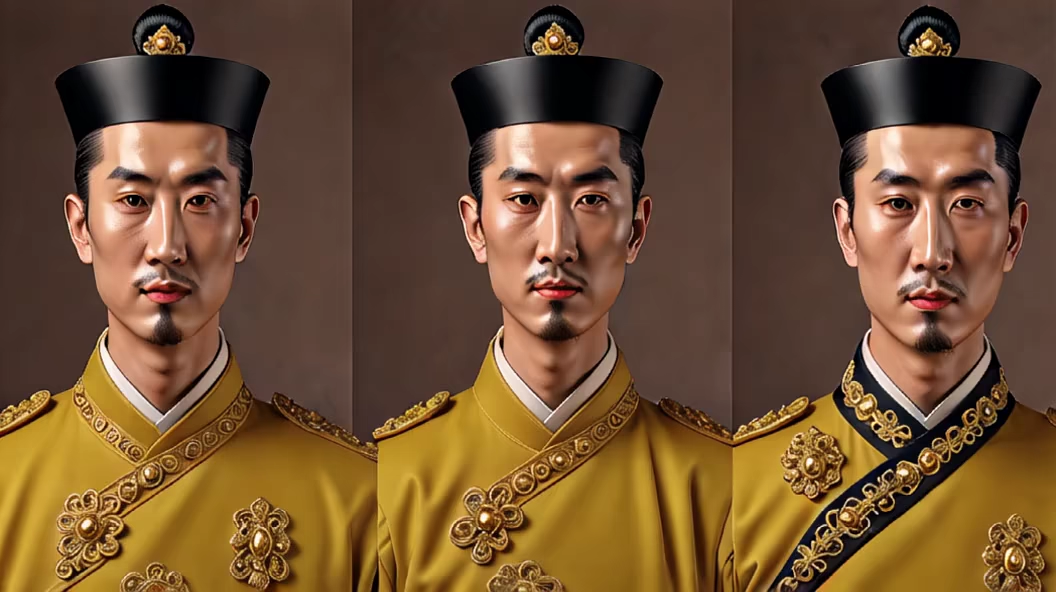
Prompt: the gods established the Kingdom of God atop the Earth, signifying the center of the entire universe.






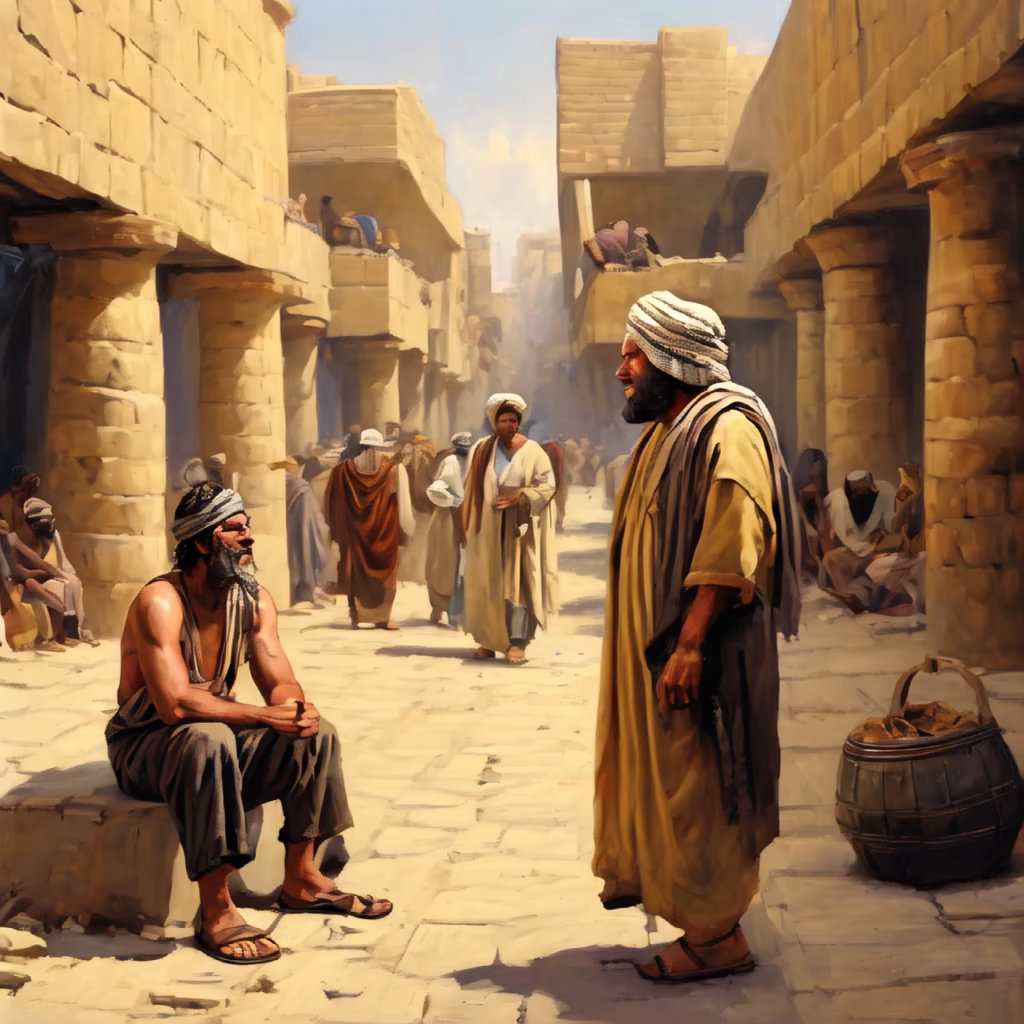



Prompt: The ancient Greek Architecture style of temple building facades includes large stone works or stone structures, symmetry, square or rectangular floor plans, praticoes , uniformity, simplicity, proportions and harmony, tall, classic columns, and a row of columns along the façade with decorative details of bronze or gold color, \u0026 sophisticated sculptures on slopped roofs, Around the temple building is a city and at the center of it Agora the central meeting place, and settlements around it and statues for a cult god with the stunning sunrise sky, White-tipped doves on the ground
Negative: stunning sunrise sky, White-tipped doves on the ground


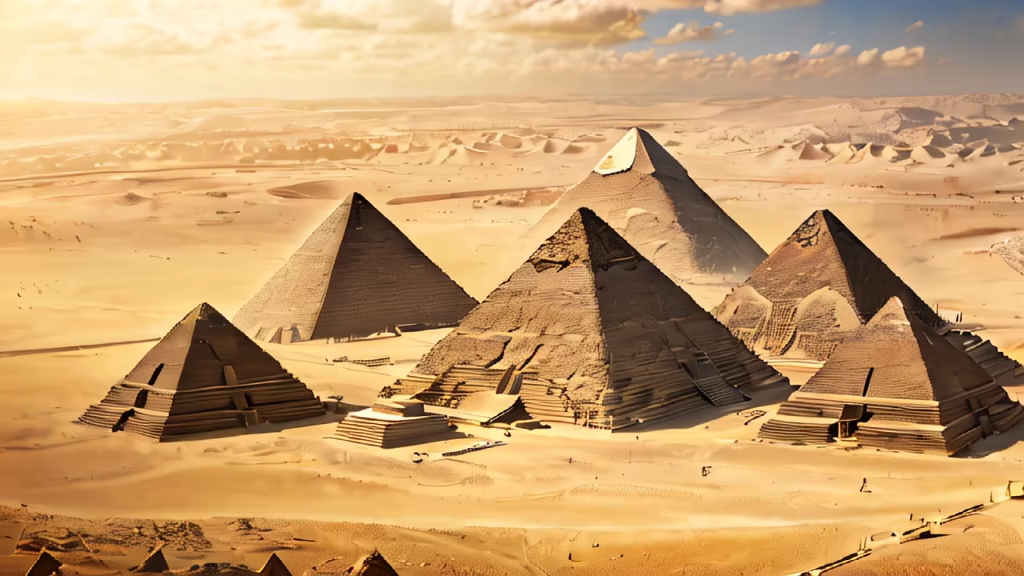
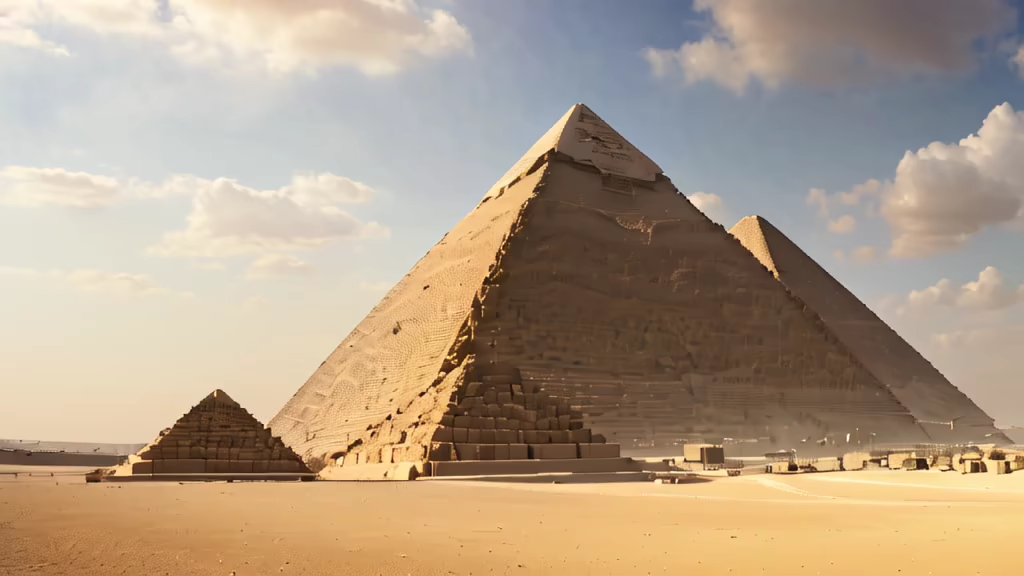
Prompt: Known for his cunning and treacherous nature, Loki often found himself at odds with the other gods, frequently engaging in quarrels and mischief.




Prompt: The sphinx sovereign, a mythical creature with the body of a lion and the wings of a hawk, possesses a colossal and enigmatic presence, guarding ancient secrets with its giant, watchful eyes.




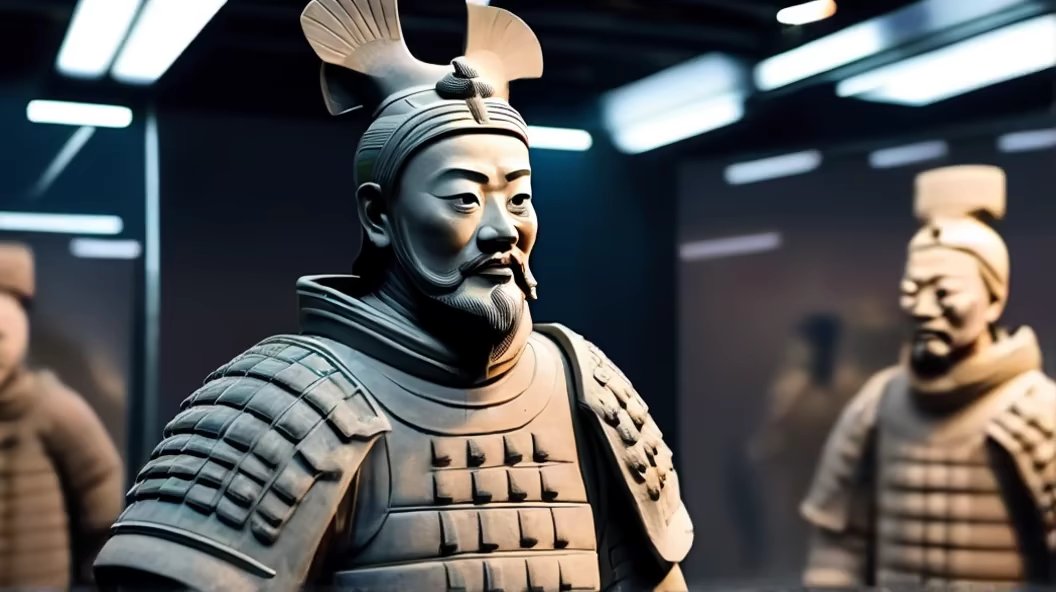
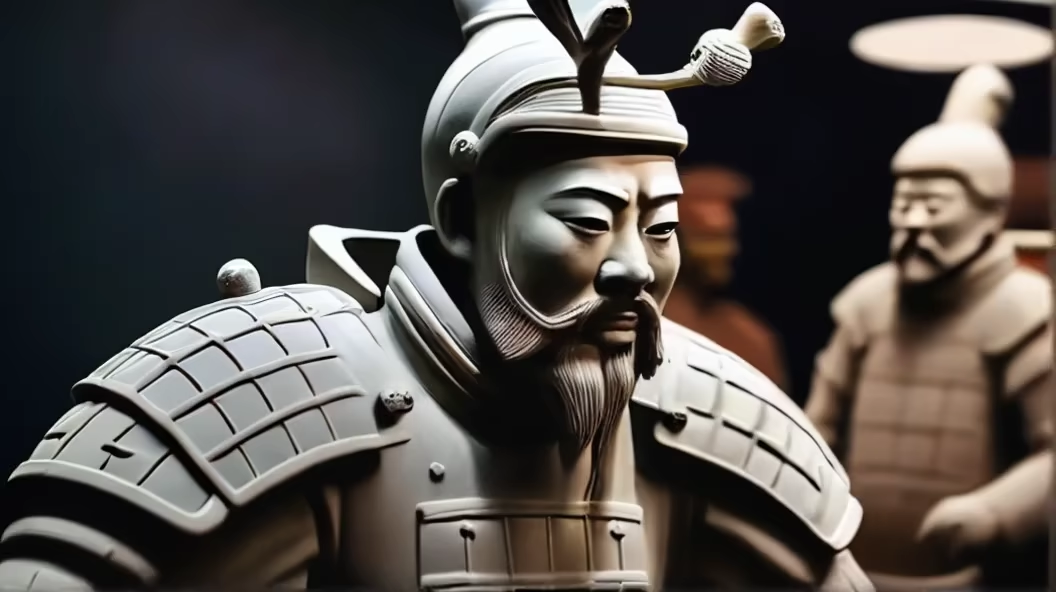
Prompt: Famed as the mightiest warrior among the Asa gods, Thor's primary duty was to defend Asgard from invading giants.
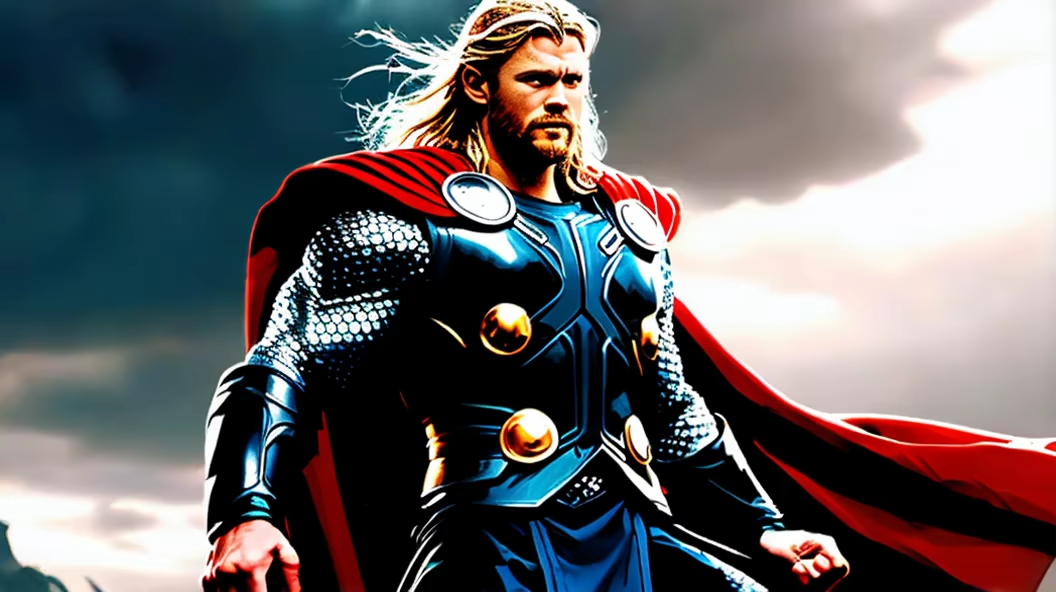
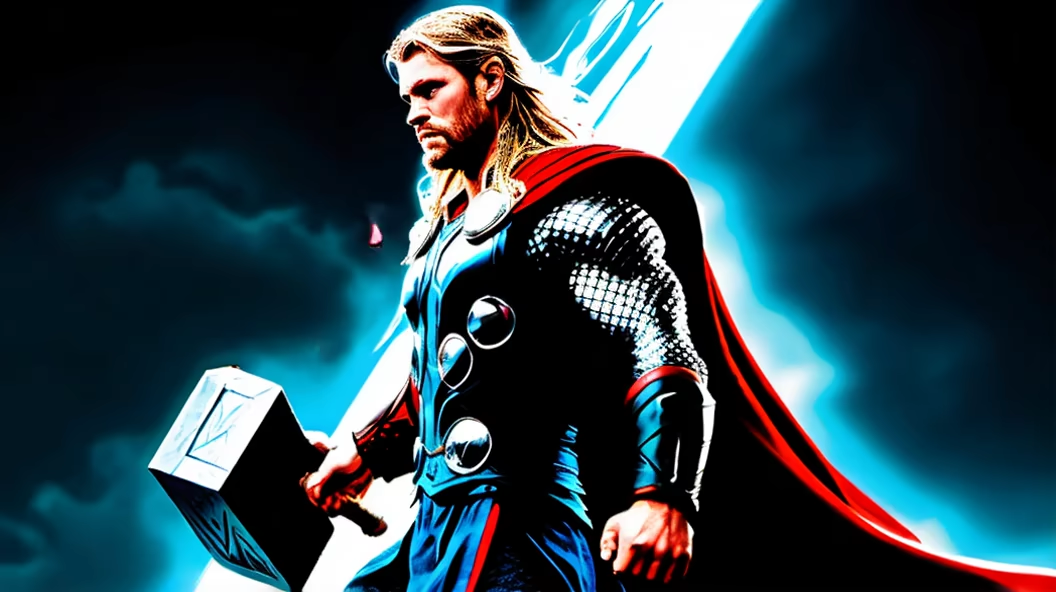
Prompt: In Greek mythology, the Titans (Ancient Greek: οἱ Τῑτᾶνες, hoi Tītânes, singular: ὁ Τῑτᾱ́ν, -ήν, ho Tītân) were the pre-Olympian gods.[1] According to the Theogony of Hesiod, they were the twelve children of the primordial parents Uranus (Sky) and Gaia (Earth), with six male Titans—Oceanus, Coeus, Crius, Hyperion, Iapetus, and Cronus—and six female Titans, called the Titanides or \"Titanesses\" (αἱ Τῑτᾱνῐ́δες, hai Tītānídes)—Theia, Rhea, Themis, Mnemosyne, Phoebe, and Tethys. Cronus mated with his older sister Rhea, who then bore the first generation of Olympians: the six siblings Zeus, Hades, Poseidon, Hestia, Demeter, and Hera. Certain descendants of the Titans, such as Prometheus, Atlas, Helios, and Leto, are sometimes also called Titans


Prompt: In Greek mythology, the Titans (Ancient Greek: οἱ Τῑτᾶνες, hoi Tītânes, singular: ὁ Τῑτᾱ́ν, -ήν, ho Tītân) were the pre-Olympian gods.[1] According to the Theogony of Hesiod, they were the twelve children of the primordial parents Uranus (Sky) and Gaia (Earth), with six male Titans—Oceanus, Coeus, Crius, Hyperion, Iapetus, and Cronus—and six female Titans, called the Titanides or \"Titanesses\" (αἱ Τῑτᾱνῐ́δες, hai Tītānídes)—Theia, Rhea, Themis, Mnemosyne, Phoebe, and Tethys. Cronus mated with his older sister Rhea, who then bore the first generation of Olympians: the six siblings Zeus, Hades, Poseidon, Hestia, Demeter, and Hera. Certain descendants of the Titans, such as Prometheus, Atlas, Helios, and Leto, are sometimes also called Titans


Prompt: In Greek mythology, the Titans (Ancient Greek: οἱ Τῑτᾶνες, hoi Tītânes, singular: ὁ Τῑτᾱ́ν, -ήν, ho Tītân) were the pre-Olympian gods.[1] According to the Theogony of Hesiod, they were the twelve children of the primordial parents Uranus (Sky) and Gaia (Earth), with six male Titans—Oceanus, Coeus, Crius, Hyperion, Iapetus, and Cronus—and six female Titans, called the Titanides or \"Titanesses\" (αἱ Τῑτᾱνῐ́δες, hai Tītānídes)—Theia, Rhea, Themis, Mnemosyne, Phoebe, and Tethys. Cronus mated with his older sister Rhea, who then bore the first generation of Olympians: the six siblings Zeus, Hades, Poseidon, Hestia, Demeter, and Hera. Certain descendants of the Titans, such as Prometheus, Atlas, Helios, and Leto, are sometimes also called Titans



